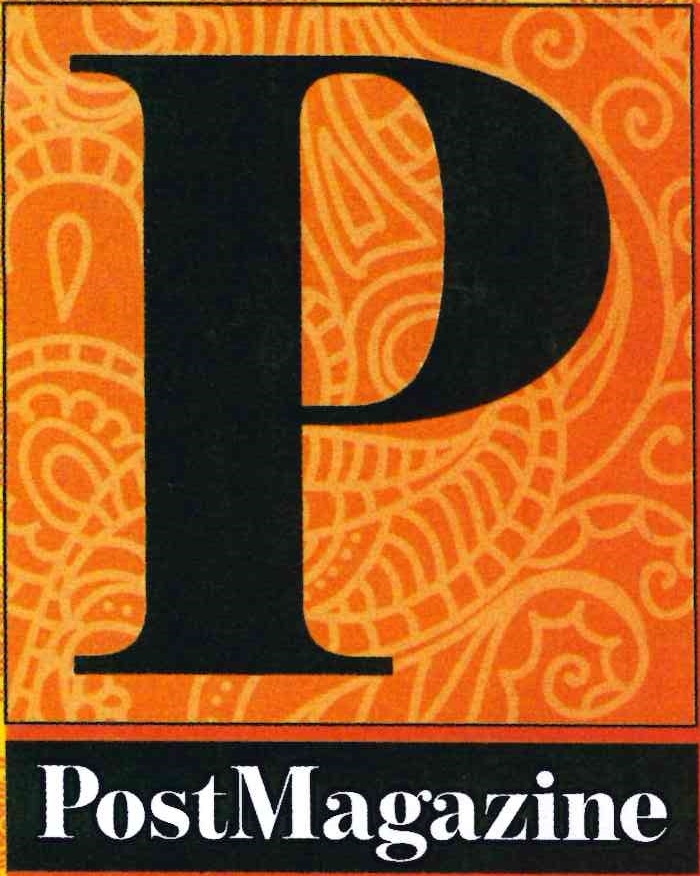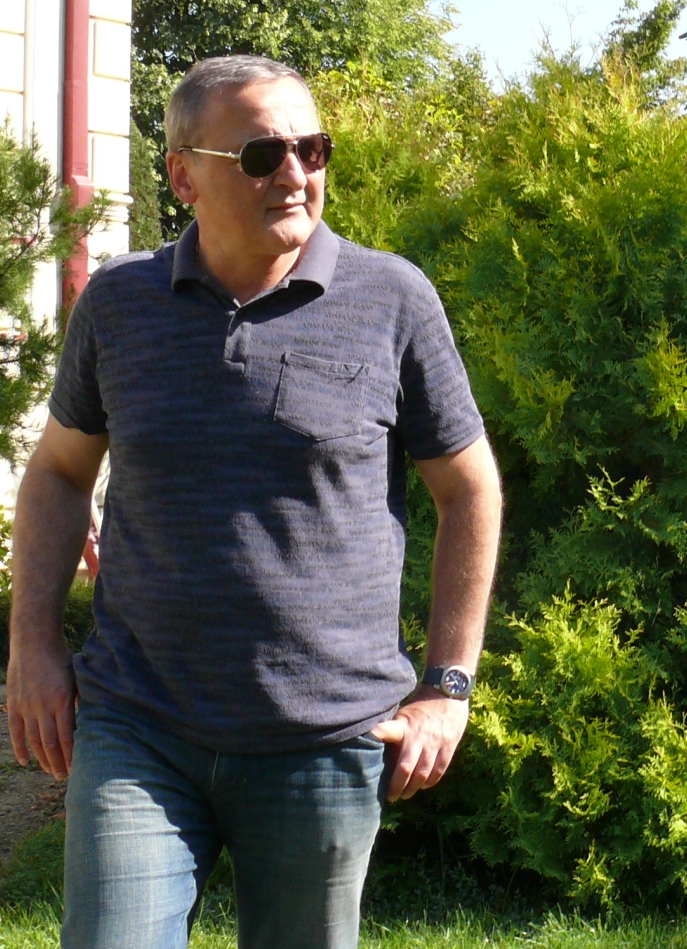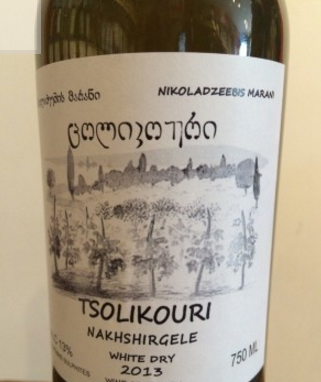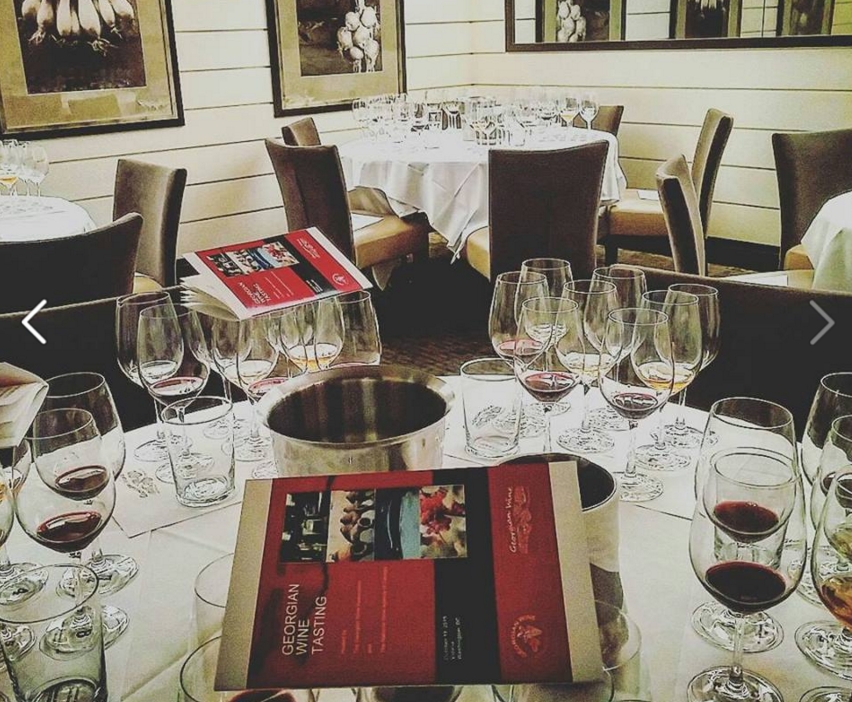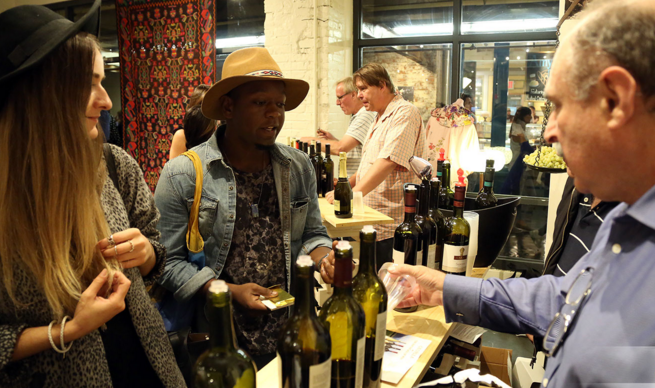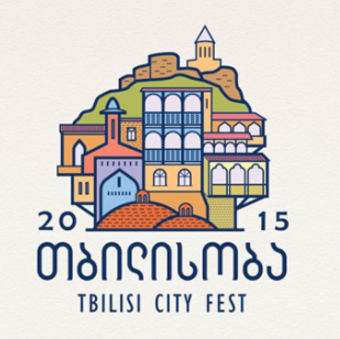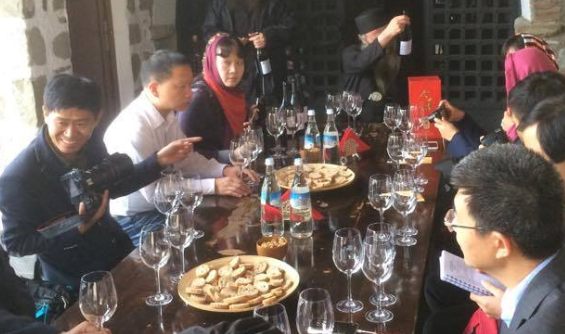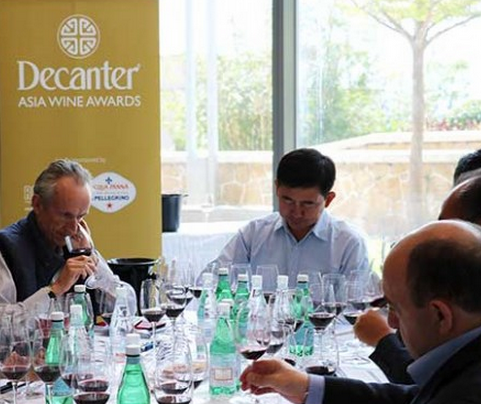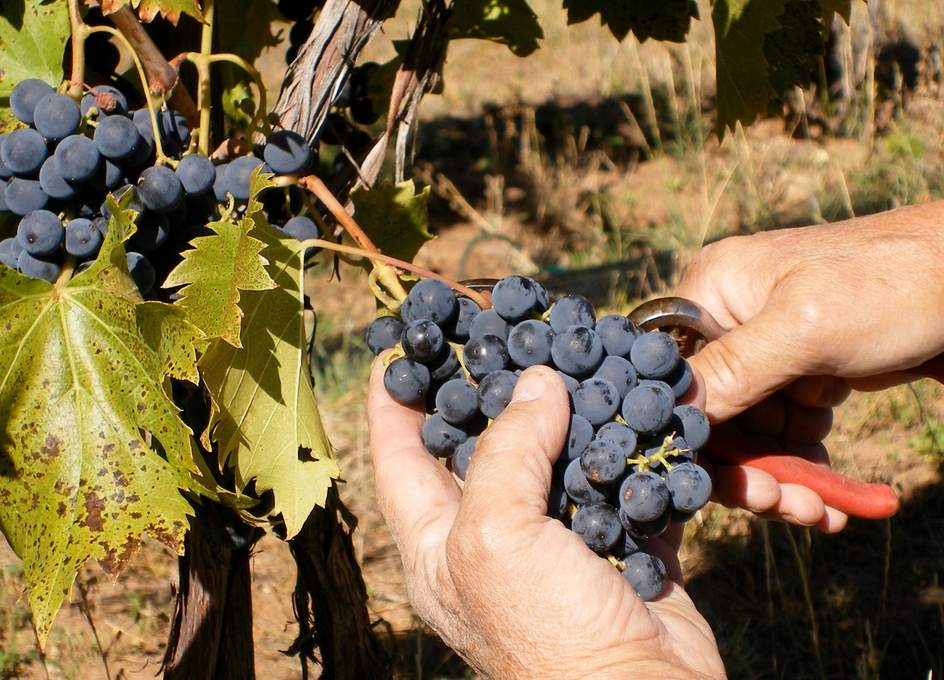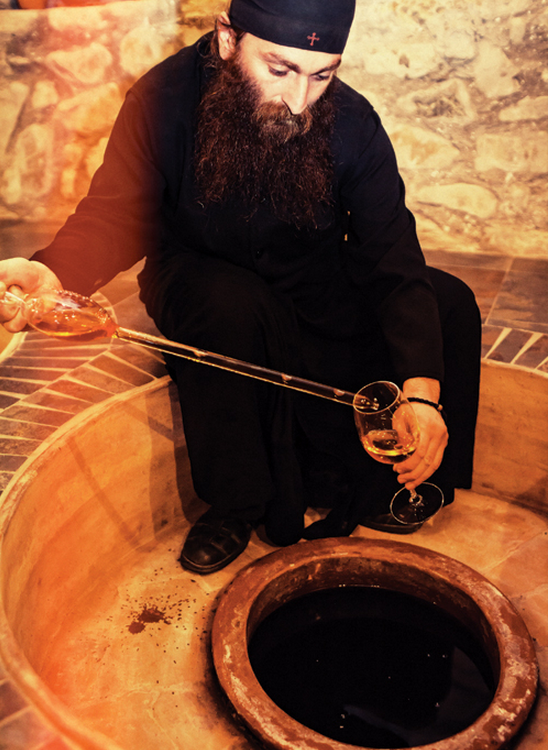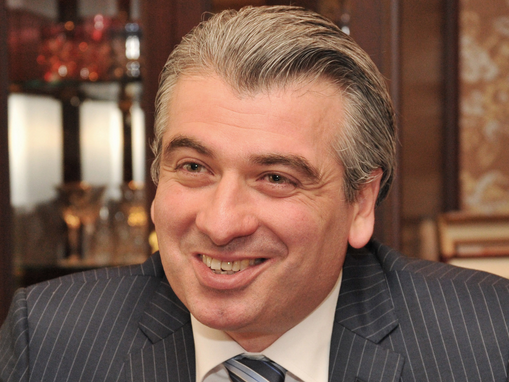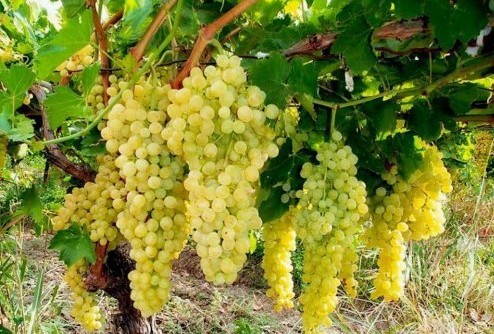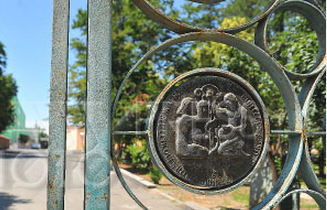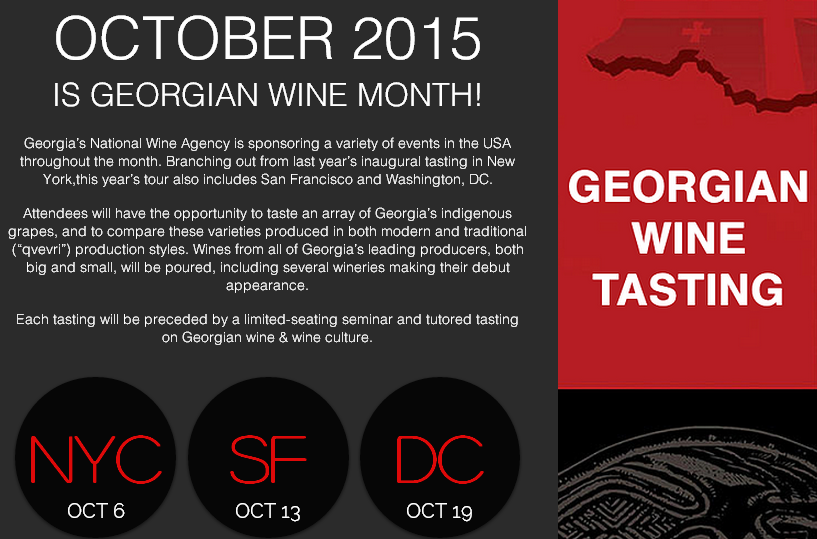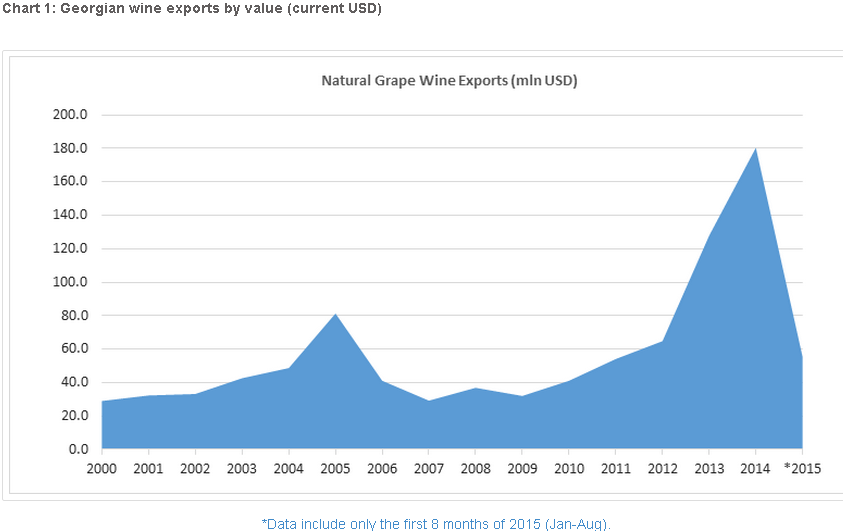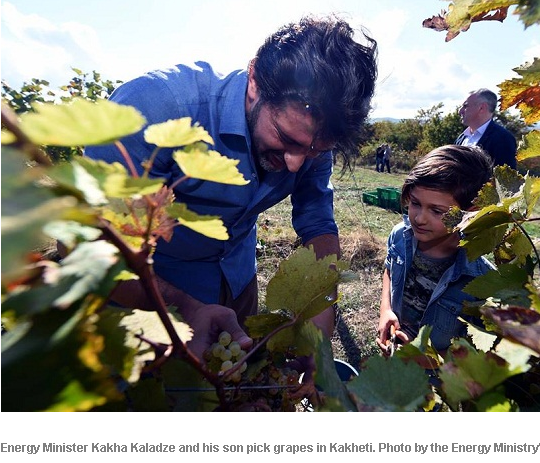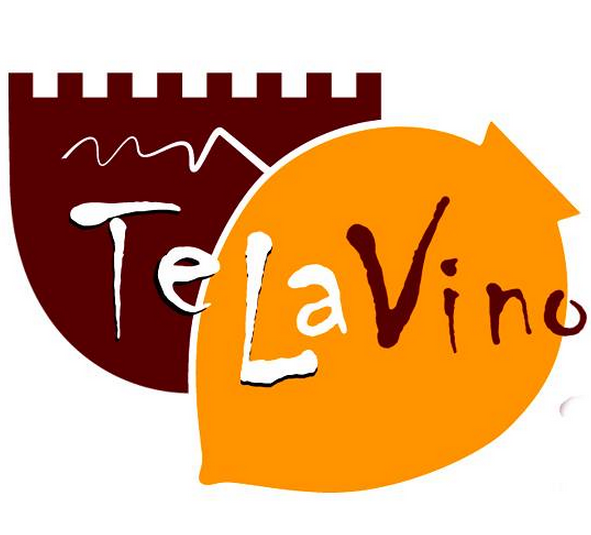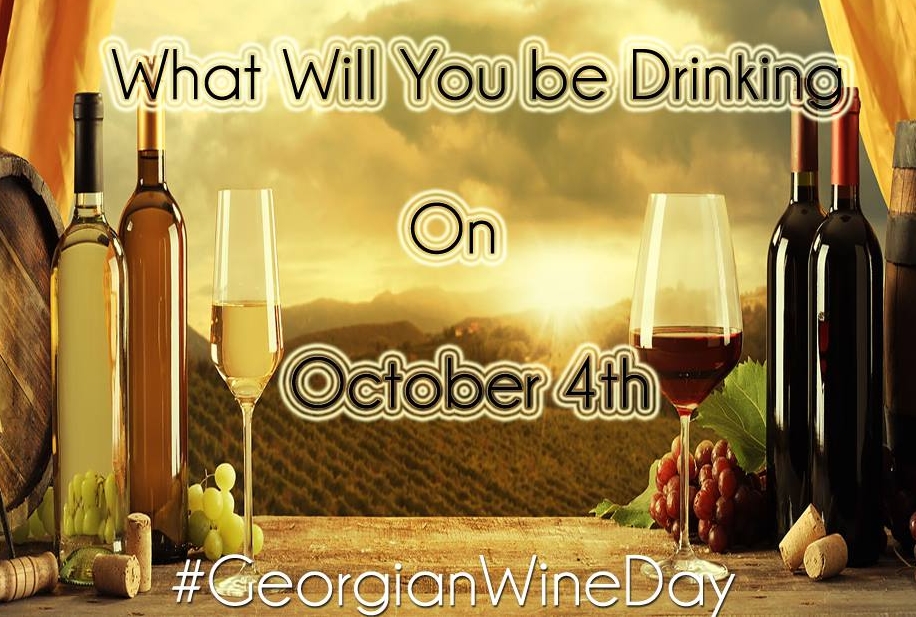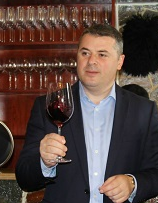(Here is the Georgian version / ქართულად)
(Here is the Russian version / НА РУССКОМ ЯЗЫКЕ)
by Alexander Kaffka
The officers of Stalin’s secret police actually counted the amount of Usakhelouri wine produced, and made sure the peasants did not retain a drop of precious product for personal use. It’s small wonder that almost nobody knew about this rare wine, and even fewer had ever tasted it.
Above all the fuss
29.10.2015. While visiting a supermarket in Tbilisi, a business traveler or a tourist can rarely miss the wine department. Usually, it is the liveliest spot of every shopping center, with some action taking place all the time. Surrounded by other departments’ lonely and ordinary-looking shelves, the wine place is the one, which is inhabited - by promoters. They are usually charming girls in colorful national costumes, who welcome you and offer free wine tasting. Yes, they are promoting their products but they are acting in such a delicate and friendly way, that you feel they just want to make your life better. The lucky traveler is offered a pretty amazing choice of wines to try, which are generously poured into full-size glasses (not microscopic plastic thimbles used for promotions elsewhere in the world). Easily and without any pressure, after one or two sips, you realize you are in a country where wine indeed plays a very special role.
After several visits paid to such wine departments, a typical foreigner may become perfectly aware of various brands of Kindzmarauli, Rkatsiteli, Mtsvane and dozens of other hard-to-pronounce but delicious Georgian wines – without spending a dime. But there is one wine, which is never offered for free, and for a good reason. It’s the Usakhelouri (here is how to pronounce:
Oosa-hello-oory), dark red semisweet wine made of one of the most rare of Georgia’s whopping 400 grape varieties. Usakhelouri wines are expensive, hard-to-find in Georgia and almost completely unavailable abroad. Because of its rarity and high price, this wine is little known even among Georgians themselves. Usually bottled in elegant, slender non-standard glassware, Usakhelauri stands in solemn solitude on a remote shelf of the wine department, far above all the fuss of daily promotions, fenced by its price tag from the casual shopper, waiting for the right connoisseur.
I find it rather pointless to describe the taste of wine in writing. If you are lucky to be reading this in Georgia, you may invest in a bottle of Usakhelouri and taste it yourself in a company of friends (Yes, the price is rather high for a Georgian wine but still is comparable to the cost of a good dinner in a restaurant, so it is not unaffordable.) If you are outside of the country, but still are familiar of Georgian wines, just remember the best Khvanchkara you have tried - not too sweet one – and imagine something much more fresh, rich and elegant. If you like this idea, maybe you’ve just got another serious reason for paying a visit to Georgia.






